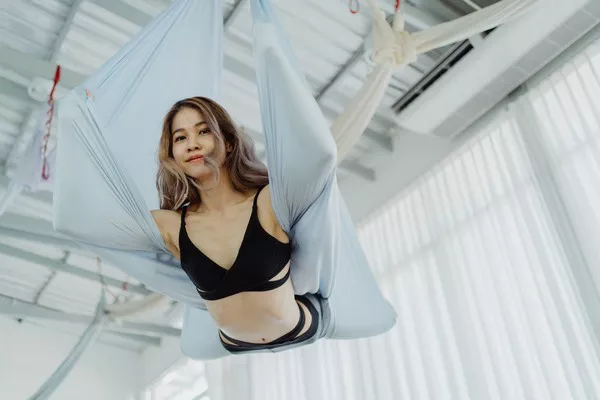Yoga is an ancient practice that encompasses a wide range of styles, each offering unique benefits for physical, mental, and spiritual well-being. While yoga is often associated with relaxation and tranquility, not all styles are created equal. Some types of yoga demand greater strength, flexibility, and endurance, making them significantly more challenging than others. In this comprehensive article, we will explore the hardest types of yoga, the physical and mental demands they place on practitioners, and the benefits they offer for those seeking to push their limits.
Ashtanga Yoga – The Rigorous Vinyasa Flow
Ashtanga Yoga, often referred to as “power yoga,” is a dynamic and physically demanding style that synchronizes breath with a series of flowing postures. This disciplined practice consists of six series, each more challenging than the previous one. The primary series alone can be incredibly demanding, requiring substantial strength and flexibility to execute poses like Chaturanga Dandasana and Marichyasana with precision. Ashtanga Yoga demands unwavering focus, as each movement is linked to the breath in a continuous flow.
Bikram Yoga – The Intense Heat Challenge
Bikram Yoga, founded by Bikram Choudhury, is a form of hot yoga that takes place in a room heated to 105°F (40.6°C) with 40% humidity. This challenging environment is designed to promote detoxification through profuse sweating while simultaneously allowing for deeper stretches. The sequence consists of 26 poses and two breathing exercises, each practiced twice during a 90-minute class. Endurance, hydration, and mental fortitude are key factors in conquering Bikram Yoga’s intense heat and rigorous postures.
Iyengar Yoga – The Pursuit of Precision
Iyengar Yoga, named after its founder B.K.S. Iyengar, is characterized by its emphasis on alignment and the use of props like blocks, straps, and blankets to achieve perfection in each pose. This style requires practitioners to hold poses for extended periods, building strength, stability, and flexibility. The level of detail and precision needed in Iyengar Yoga makes it a challenging practice that demands patience and an acute awareness of body alignment.
Vinyasa Yoga – The Flowing Challenge
Vinyasa Yoga is a dynamic and fluid practice that involves seamlessly transitioning from one pose to another, synchronized with the breath. This constant movement creates a challenging and fast-paced class that demands both physical and mental endurance. Vinyasa classes may vary in intensity, but even the slower flows require a degree of strength and flexibility to execute the transitions gracefully.
Kundalini Yoga – The Spiritual Journey
Kundalini Yoga is a unique style that focuses on awakening the spiritual energy within the body, known as Kundalini. This practice involves intense breathwork, chanting, and repetitive movements, making it mentally and spiritually demanding. Kundalini Yoga aims to unlock the full potential of the mind and body, leading to self-discovery and self-awareness.
Power Yoga – The Fusion of Strength and Flexibility
Power Yoga is a Westernized version of Ashtanga Yoga, emphasizing strength, flexibility, and stamina. While it shares similarities with Ashtanga, Power Yoga allows for more variation in sequencing and poses, making it an accessible yet challenging practice. Power Yoga classes are typically fast-paced and physically demanding, targeting multiple muscle groups and fostering a strong mind-body connection.
Benefits of Practicing Hardest Types of Yoga
Despite the challenges, engaging in the hardest types of yoga can offer numerous benefits:
Physical Strength: These styles help build functional strength throughout the body, enhancing muscle tone and endurance.
Increased Flexibility: Regular practice promotes flexibility, reducing the risk of injuries and enhancing overall mobility.
Mental Resilience: Challenging yoga forms require mental focus and concentration, cultivating resilience and self-discipline.
Stress Relief: The physical demands and focused breathwork can alleviate stress and promote relaxation.
Conclusion
Embarking on the journey of practicing the hardest types of yoga can be both physically and mentally demanding. Ashtanga, Bikram, Iyengar, Vinyasa, Kundalini, and Power Yoga are just a few examples of yoga styles that push practitioners to their limits. Each of these styles offers unique benefits, promoting physical strength, flexibility, mental resilience, and stress relief. While challenging, they provide an opportunity for personal growth, self-discovery, and a deeper connection with oneself. As with any yoga practice, it is essential to approach these styles with patience, dedication, and respect for the body’s limits, reaping the numerous rewards they have to offer.


